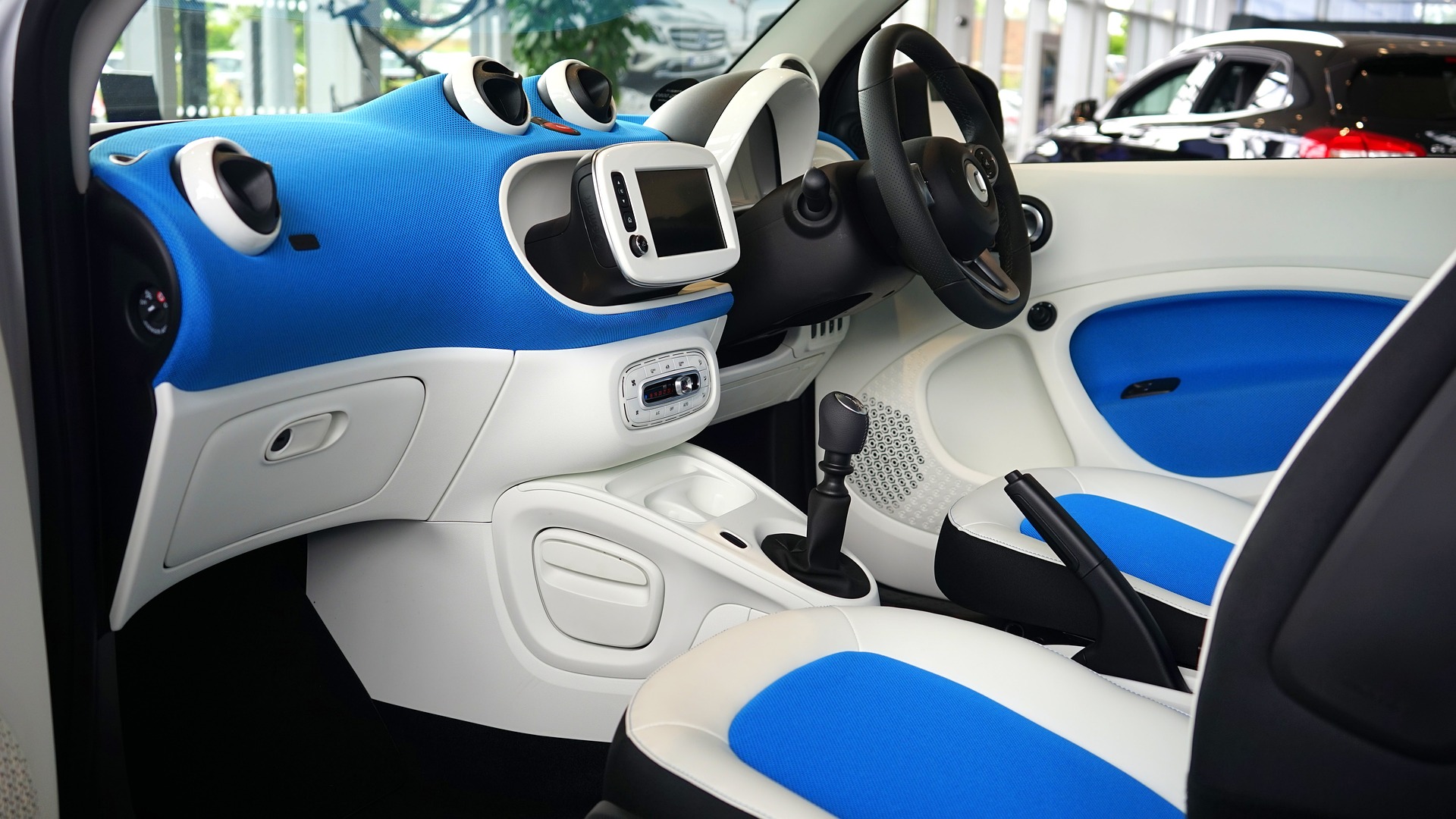Pushing the Limits: The Power and Potential of Performance Tuning
A glance under the hood of a car reveals a complex world of machinery and technology, each part contributing to the vehicle's overall performance. Performance tuning, the process of modifying and optimizing these components, is an art form that pushes the limits of automotive capabilities. This article delves into the evolution of performance tuning, the current trends shaping the industry, and the impact of this practice on the automotive world.

The Evolution of Performance Tuning
The practice of performance tuning can be traced back to the early 20th century when car enthusiasts began modifying their vehicles to improve speed, power, and overall performance. As the automotive industry developed, so too did the techniques and technologies used in tuning. In the 1950s and 60s, carburetor tuning was common, with mechanics adjusting the fuel-air mixture to optimize engine performance. With the advent of electronic fuel injection in the 1980s, tuning techniques evolved to include software modifications, allowing for more precise control over engine parameters.
Performance Tuning Today: The Rise of ECU Remapping
In today’s digital age, performance tuning often involves remapping the Engine Control Unit (ECU), the computer system that manages and controls the engine’s functions. ECU remapping alters pre-set software parameters, such as fuel delivery and ignition timing, to enhance the engine’s performance. This has become popular due to its potential for significant improvements in power, torque, and fuel efficiency.
The Impact of Performance Tuning: Beyond Speed and Power
While speed and power are the most obvious benefits of performance tuning, there are other notable impacts. One is the potential for increased fuel efficiency, as ECU remapping can optimize an engine’s fuel use. Additionally, performance tuning can be used to customize a vehicle’s handling characteristics, improving its safety and drivability.
Challenges and Controversies in Performance Tuning
Performance tuning is not without its challenges and controversies. Altering a vehicle’s original settings can void its warranty and may not be legal in all jurisdictions. There are also concerns about the environmental impact, as tuning for maximum power often results in increased emissions.
The Future of Performance Tuning: Trends and Predictions
As automotive technology continues to advance, so too will the techniques and possibilities for performance tuning. Predicted trends include the increasing use of artificial intelligence in ECU remapping and the potential for tuning electric vehicles. Despite its challenges, the art of performance tuning remains a driving force in the automotive world, pushing the boundaries of what is possible and continually reshaping our understanding of vehicle performance.
Performance tuning is more than just a hobby for car enthusiasts—it’s an evolving field that reflects and influences the broader automotive industry. As we look to the future, one thing is certain: the desire to push the limits of performance will continue to drive innovation and progress in this fascinating sector.




